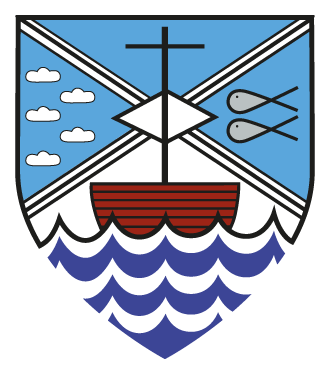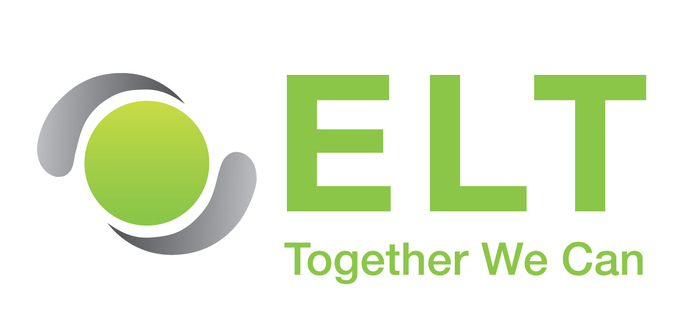Computing
“Computers themselves, and software yet to be developed, will revolutionise the way we learn!” Steve Jobs
At St Andrew’s Primary School we teach the Computing curriculum using Purple Mash in our aim for children to be independent, forward thinkers of technology and not passive learners. We recognise how technology will play and is playing a pivotal role in shaping and influencing pupils’ lives and the world around us. Through our teaching of this curriculum, combined with Online Safety we model and educate our pupils on how to use technology safely, responsibly and respectfully. Computing skills are a major factor in enabling children to be confident, creative and independent learners and it is our intention that children have opportunities available to allow them to achieve this. We endeavour to equip children with the skills required to use computers effectively and maximise and encourage computational thinking and problem solving.
What does our approach to Computing look like in the classroom?
Computing is very important in the EYFS to ensure that children enter Year 1 with a strong foundation of knowledge and experience. We live in a technological world and technology is integrated into the lives of young children just as it is in our classrooms. Our Computing scheme for the EYFS is centred around play-based activities that focus on building children’s listening skills, curiosity and creativity and problem solving.
Technology in the Early Years can mean:
- taking a photograph with a camera or tablet
- searching for information on the internet
- playing games on the interactive whiteboard
- exploring an old typewriter or other mechanical toys
- using a Beebot
- watching a video clip
- listening to music
- using a variety of applications on Mini Mash to support all areas of the Early Years Framework.
Allowing children the opportunity to explore technology in this carefree and often child-led way, means that not only will they develop a familiarity with equipment and vocabulary, but they will have a strong start in Key Stage 1 Computing and all that it demands.
In Key Stage 1 pupils develop an understanding of what algorithms are, how they are implemented as programs on digital devices and that programs follow precise and unambiguous instructions. We use Purple Mash through the key stages as a cohesive and progressive scheme of work to address the statutory aspects of the National Curriculum. The Purple Mash Computing Scheme of Work enables children to learn knowledge, skills and understanding, including subject-specific vocabulary, during structured tutorials and provides opportunities for them to master and apply their knowledge, skills and understanding in more open-ended scenarios. We feel we are equipping the children with the knowledge and cultural capital they need to succeed in a technologically advancing world and to be thoughtful members of a digital community.
Computing is branched into three aspects:
- Computer Science
- Information Technology
- Digital Literacy
The planned curriculum includes a breadth of knowledge relating to computer science, information technology and digital literacy. All our pupils are set a relevant, challenging continuum of age-related skills and knowledge. Pupils create and debug simple programs, use logical reasoning to predict the behaviour of simple programs and use technology purposefully to create, organise, store, manipulate and retrieve digital content. Pupils will be able to recognise common uses of information technology beyond school, use technology safely and respectfully, keeping personal information private and identify where to go for help and support when they have concerns about content or contact on the internet or other online technologies.
In Key Stage 2 the computing curriculum design, write and debug programs that accomplish specific goals, including controlling or simulating physical systems to solve problems by decomposing them into smaller parts. Our split classes, means that certain units are streamed in pure cohorts: coding, spreadsheets and online safety to ensure a clear progression of skills and knowledge in these aspects. Pupils will use sequence, selection, and repetition in programs, work with variables and various forms of input and output and use logical reasoning to explain how some simple algorithms work and to detect and correct errors in algorithms and programs. They will understand computer networks including the internet and how they can provide multiple services, such as the world wide web and the opportunities they offer for communication and collaboration. Pupils will use search technologies effectively, appreciate how results are selected and ranked, and be discerning in evaluating digital content. They will confidently select, use and combine a variety of software (including internet services) on a range of digital devices to design and create a range of programs, systems and content that accomplish targets, including collecting, analysing, evaluating and presenting data and information. While using technology safely, respectfully and responsible pupils will recognise acceptable/unacceptable behaviour and identify a range of ways to report concerns about content and contact.
What does success in Computing look like?
We recognise the importance of technology in every aspect of daily life, and we give the teaching and learning of Computing the flexibility and range of use it requires across all year groups. The subject of Computing area is concerned with increasing pupils’ knowledge and understanding of our current technological and digital landscape, and with developing skills associated with Data Science as a process of enquiry. It will develop the natural curiosity of the child, encourage respect for information technology and provide them with the necessary transferrable skills to support their future careers.
At St. Andrew’s School, in conjunction with the aims of the National Curriculum, our Computing teaching offers opportunities for children to:
- develop knowledge and conceptual understanding through the specific disciplines of E-safety, Computer Science, Information Technology and Digital literacy.
- develop understanding of the nature, processes and methods of Coding through different types of science enquiries that help them to answer scientific questions about the world around them;
- be equipped with the scientific knowledge required to understand the uses and implications of Science, today and for the future.
- develop the essential research skills to deepen their subject knowledge across the curriculum.
- Use a range of programs and applications to communicate information and present it in a systematic, scientific manner, including I.C.T., diagrams, graphs and charts.
- Develop a respect for the computing equipment they use and being mindful of their own, and other children’s safety.
- Develop an enthusiasm and enjoyment of learning and discovery in computing.
The aims of our Computing curriculum are to develop pupils who:
Are responsible, competent, confident and creative users of information and communication technology.
- Know how to keep themselves safe whilst using technology and on the internet and be able to minimise risk to themselves and others.
- Become responsible, respectful and competent users of data, information and communication technology.
- Can evaluate and apply information technology, including new or unfamiliar technologies, analytically to solve problems.
- Can analyse problems in computational terms, and have repeated practical experience writing computer programs in order to solve such problems.
- Can understand and apply the fundamental principles and concepts of computer science, including abstraction, logic, algorithms and data representation.
- Become digitally literate and are active participants in a digital world.
- Are equipped with the capability to use technology throughout their lives.
- Understand the importance of governance and legislation regarding how information is used, stored, created, retrieved, shared and manipulated.
- Have a ‘can do’ attitude when engaging with technology and its associated resources.
- Utilise computational thinking
- Understand and follow E-safety rules.
- Understand the E-Safety messages can keep them safe online.
- Know who to contact if they have concerns.
- Apply their learning in a range of contexts, e.g. at school and at home.




